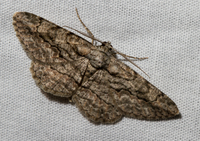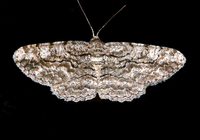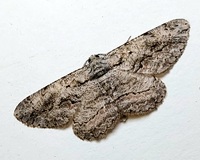
| Recorded by: Mark Basinger on 2025-10-04
Rowan Co.
Comment: | 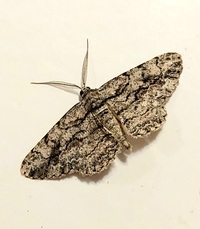
| Recorded by: Mark Basinger on 2025-09-20
Brunswick Co.
Comment: |
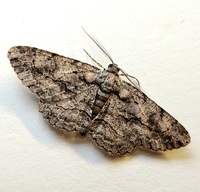
| Recorded by: Mark Basinger on 2025-09-11
Wilson Co.
Comment: | 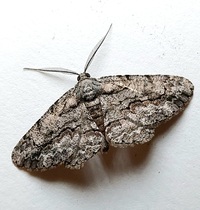
| Recorded by: Mark Basinger on 2025-09-01
Rowan Co.
Comment: |
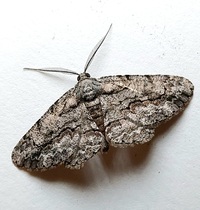
| Recorded by: Mark Basinger on 2025-09-01
Rowan Co.
Comment: | 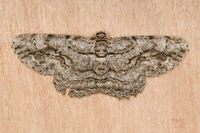
| Recorded by: Jim Petranka, Mark Basinger and Becky Elkin on 2025-08-30
Richmond Co.
Comment: |

| Recorded by: Jim Petranka, Becky Elkin, Marilyn Westphal, Nora Murdock on 2025-08-25
Henderson Co.
Comment: | 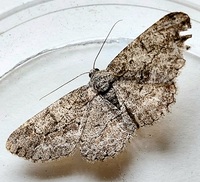
| Recorded by: Mark Basinger on 2025-08-12
Ashe Co.
Comment: |

| Recorded by: Jim Petranka, Mark Basinger and Becky Elkin on 2025-08-03
Moore Co.
Comment: | 
| Recorded by: Jim Petranka, Mark Basinger and Becky Elkin on 2025-08-03
Moore Co.
Comment: |

| Recorded by: Jim Petranka, Mark Basinger and Becky Elkin on 2025-08-02
Richmond Co.
Comment: | 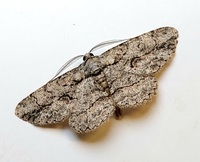
| Recorded by: Mark Basinger on 2025-07-27
Wilson Co.
Comment: |

| Recorded by: David George, Jeff Niznik, Rob Van Epps, Kevin Metcalf on 2025-07-20
Richmond Co.
Comment: | 
| Recorded by: Mark Basinger on 2025-07-04
Wilson Co.
Comment: |

| Recorded by: David George, Patrick Coin on 2025-06-29
Moore Co.
Comment: | 
| Recorded by: David George on 2025-06-29
Richmond Co.
Comment: |
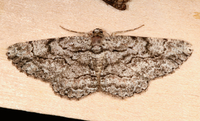
| Recorded by: Jim Petranka, Mark Basinger and Becky Elkin on 2025-06-29
Richmond Co.
Comment: | 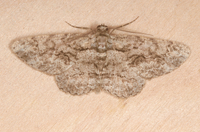
| Recorded by: Jim Petranka, Mark Basinger and Becky Elkin on 2025-06-28
Moore Co.
Comment: |
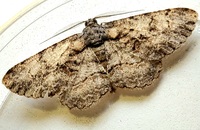
| Recorded by: Mark Basinger on 2025-06-27
Rowan Co.
Comment: | 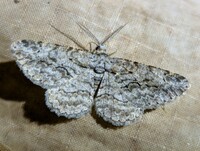
| Recorded by: Melody McMichael on 2025-06-26
Forsyth Co.
Comment: |
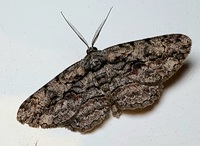
| Recorded by: Mark Basinger on 2025-06-23
Buncombe Co.
Comment: | 
| Recorded by: Allison Garton on 2025-06-20
Moore Co.
Comment: |
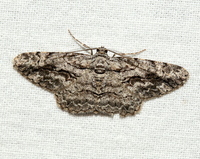
| Recorded by: Jeff Niznik, David George, Larry Chen, Sarah Toner, Joye Zhou on 2025-06-20
Richmond Co.
Comment: | 
| Recorded by: Jeff Niznik, David George, Larry Chen, Sarah Toner, Joye Zhou on 2025-06-20
Richmond Co.
Comment: |
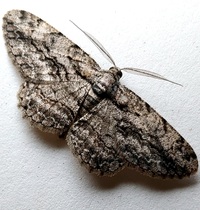
| Recorded by: Mark Basinger on 2025-06-14
Rowan Co.
Comment: | 
| Recorded by: Allison Garton on 2025-05-24
Moore Co.
Comment: |

| Recorded by: Jim Petranka on 2025-05-24
Richmond Co.
Comment: | 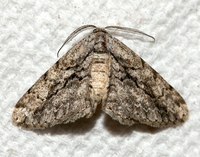
| Recorded by: David George, Jeff Niznik on 2025-05-24
Richmond Co.
Comment: |

| Recorded by: David George, Jeff Niznik on 2025-05-24
Richmond Co.
Comment: | 
| Recorded by: John Petranka, Jim Petranka and Becky Elkin on 2025-05-09
Cumberland Co.
Comment: |
|

 »
»
